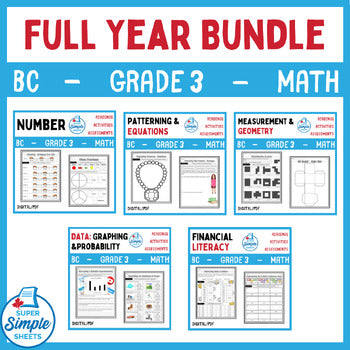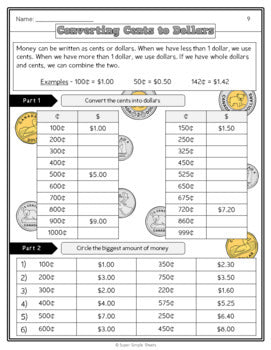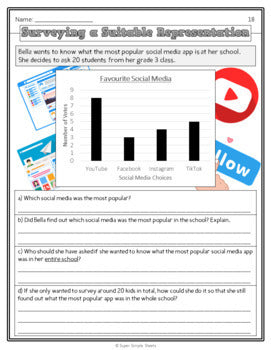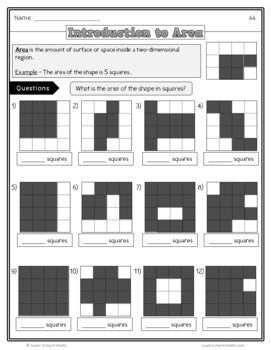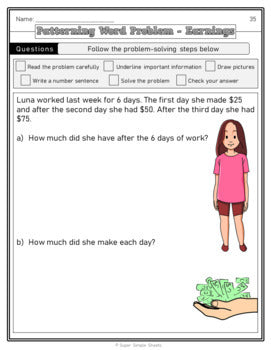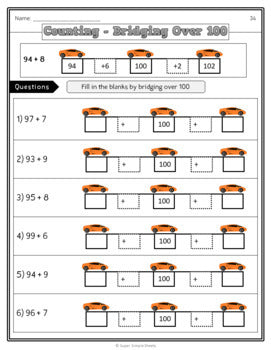BC Math Grade 3 Full Year Bundle
BC Math Grade 3 Full Year Bundle
Interested in a bundle? Shop below instead!
Couldn't load pickup availability
PRODUCT PREVIEW
GOOGLE AND PDF VERSIONS BOTH INCLUDED! Grade 3 - BC Math Curriculum Updated 2016 – This resource covers all expectations in the Grade 3 – BC Math Curriculum. This product contains 932 activity sheets.
Check out each of the strands below to learn more about the resources included in this bundle.
Strand 1 - Numbers
- Counting forwards and backwards by 3, 4, 5, 10, 25, and 100
- Representing and describing numbers to 1000
- Comparing and ordering numbers to 1000
- Estimating large quantities
- Rounding numbers less than 1000 and front-end estimation
- Understanding place value for numbers to 1000
- Using mental math addition strategies with two-digit numbers (counting on, making tens, doubling, adding using place value, and adding in chunks)
- Using mental math subtraction strategies with two-digit numbers (counting back, adding up, subtracting using place value, and subtracting in chunks)
- Round numbers and estimate the sums and differences of numbers up to 1000
- Add numbers up to 1000 using different strategies (no regrouping and regrouping activities)
- Subtract numbers up to 1000 using different strategies (no regrouping and regrouping activities)
- Fractions – Equal partitioning and representing numbers using fractions
- Use mental math strategies to improve understanding of math facts up to 9 + 9
- Understanding that addition and subtraction are related and division and multiplication are related
- Solving multiplication and division problems using arrays
Strand 2 - Patterning and Equations
- Repeating Patterns (different shapes, sizes, colours, orientations)
- Creating increasing patterns (addition and multiplication)
- Extending increasing patterns (addition and multiplication)
- Comparing and describing increasing patterns
- Creating decreasing patterns (subtraction and division)
- Extending decreasing patterns (subtraction and division)
- Comparing and describing decreasing patterns
- Describing the pattern rule in a variety of patterns
- Using pattern rules to create patterns
- Creating necklaces that use repeating patterns
- Solving addition equations by balancing equations
- Solving subtraction equations by balancing equations
- Determining the value or a variable in addition and subtraction equations
- Determining the missing value in an equation when the start, change and result are unknown
- Solving one-step addition and subtraction equations involving a symbol as the variable
- 2 Unit Tests – Patterning and Variables/Equations
Strand 3 - Measurement and Geometry
- Understanding time – minutes, hours, days, weeks, months, and years
- Relating seconds to minutes, minutes to hours, hours to days, days to months, and months to years.
- Problem solving questions relating to time
- Days, weeks, months, and years and how they are related
- Reading a calendar
- Seasons
- Measuring and understanding length and distances in– millimetres, centimetres, metres, and kilometres
- Using referents for measuring and estimating height and length
- Understanding the relationship between cm and m as well as m and km
- Estimating the mass of objects using referents
- Understanding of the relationship between grams and kilograms
- Selecting a unit for measuring mass
- Capacity measurements – millilitres and litres
- Exploring perimeter and area of shapes without using formulas
- Describing 3-D objects based on the number of faces, edges and vertices
- Sorting and describing 3D shapes – spheres, cubes, prisms, pyramids, cones, cylinders)
Strand 4 - Data: Graphs and Probability
- Formulate survey questions
- Collect data by surveying others
- Using tally charts
- Counting tally marks
- Using frequency tables
- Interpreting tally tables
- Why do we use graphs?
- Graphs vs tables – which is easier to read?
- Drawing conclusions about different sets of data
- How to choose a suitable representation when performing a survey
- Why we sample a population to learn more about it
- Examples of poor sampling of a population
- Describing probability using the following terms – impossible, certain, and possible
- Describing probability – equally likely, more likely, and less likely
- Describing the probability of experiments
- Describing the probability of events from a student’s life
- 2 Unit Tests (Graphing and Probability)
Strand 5 - Financial Literacy
- Making Benchmark Dollars
- Counting Dollars
- Counting Cents
- Counting Canadian Coins
- Representing Money in Different Ways
- Making Change
- Counting Money
- Calculating Change
- Giving Change Using Coins
- Adding Money
- Money Word Problems
- Main Forms of Payment
- Financial Goal – Earning Money
- Financial Literacy Unit Test
This is a comprehensive unit that will save you hours of planning! It has been tested and found effective in helping students achieve the specific learning outcomes created by the Ministry of Education.
Share
